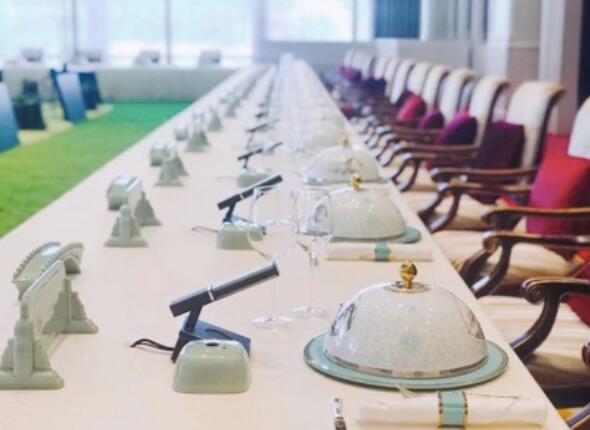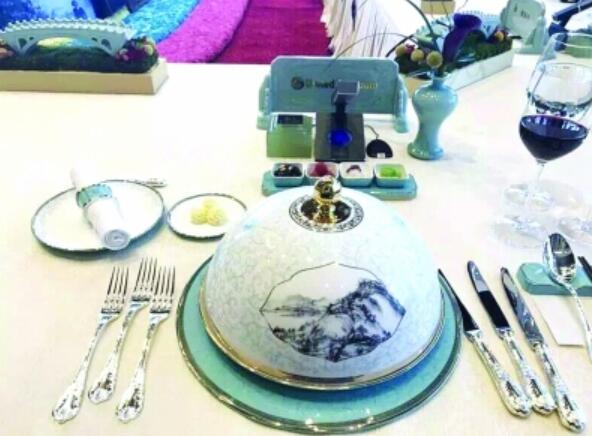Hermès Porcelain Review: Is the Craftsmanship Worth the Price Tag?
Hermès porcelain s…
Delve into the techniques and craftsmanship behind the creation of exquisite porcelain pieces, and learn about the rich cultural significance of porcelain around the world. From ancient traditions to modern innovations, our blog offers a diverse range of perspectives and topics to explore. Whether you are a porcelain enthusiast, artist, or simply curious about this captivating art form, our blog is the perfect destination for all things porcelain. Join us on a journey of discovery and inspiration, and discover the beauty and wonder of porcelain.

Hermès porcelain s…

Market Context and…

Market Context and…

Market Reality and…

Market Context and…

Market Reality Che…

What Is Rustic Din…

The Market Reality…

The Hype vs. Reali…
